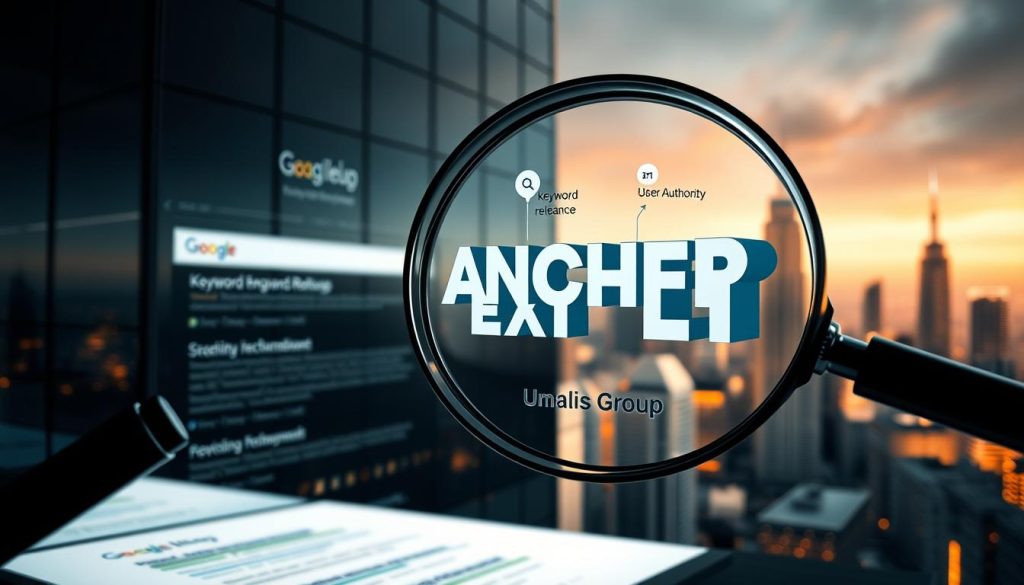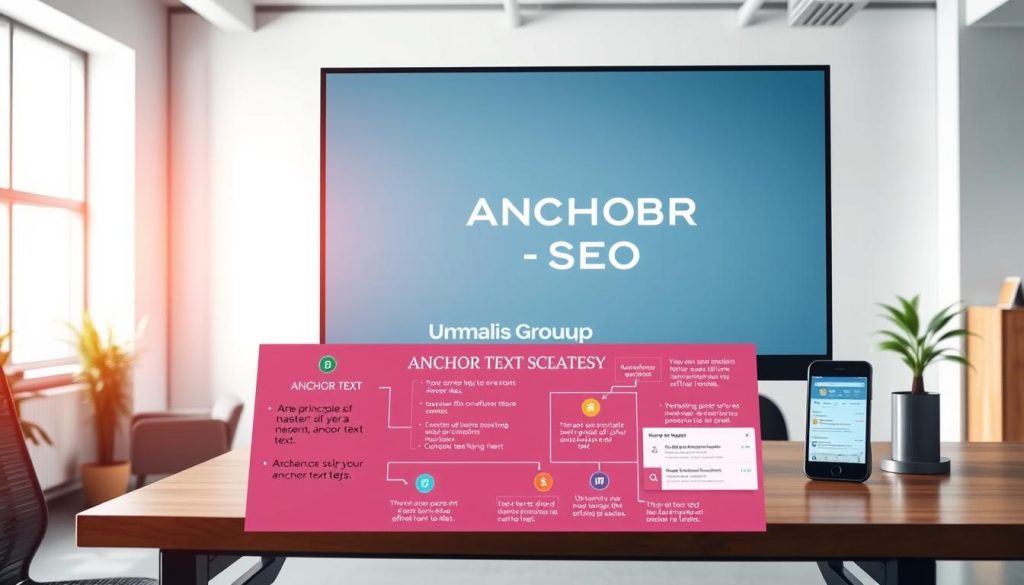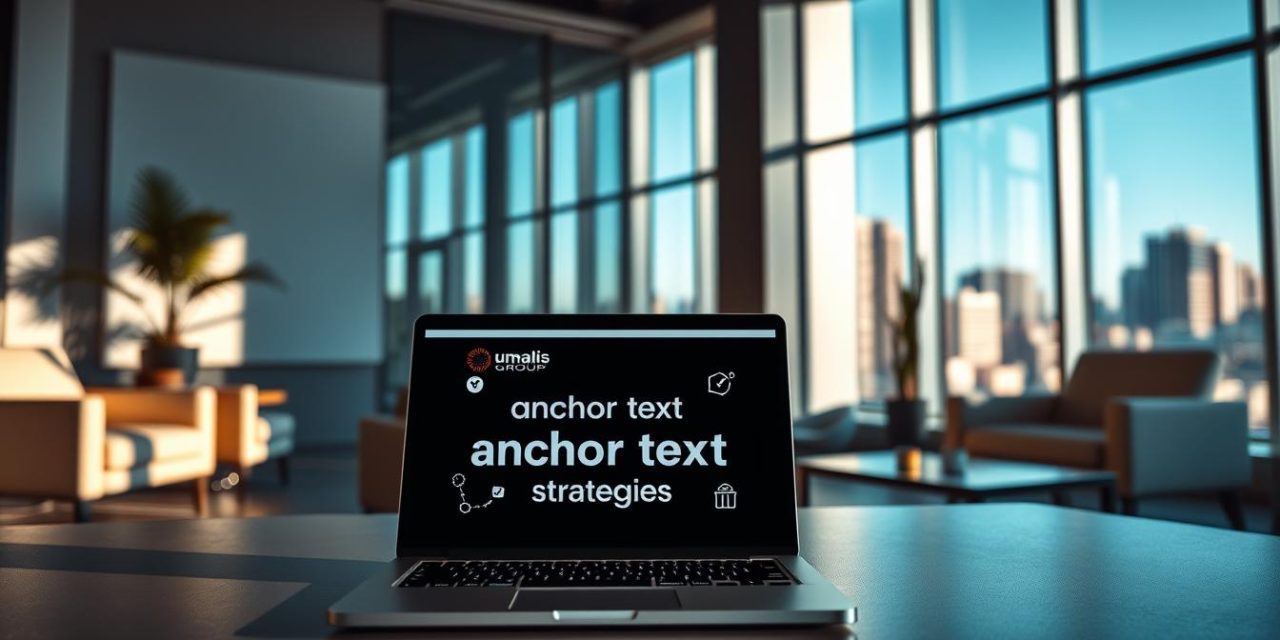Remember the first time you clicked a blue underlined link? That simple action shaped how we navigate the web today. As SEO specialists, we’ve all witnessed strategies rise and fall, but one element remains timeless: the power of meaningful connections.
Modern search optimization demands more than technical expertise. It requires understanding how every click tells a story. Those clickable phrases guide users and algorithms alike, creating pathways through the digital landscape.
We’ve seen practices evolve from keyword-stuffed links to sophisticated contextual signals. Search engines now analyze surrounding content, image descriptions, and even URL structures. This shift rewards authentic user experiences over manipulation.
Your strategy thrives when links feel natural. Think of them as signposts—helpful, relevant, and purposeful. They should answer questions users haven’t asked yet while strengthening your site’s authority.
Table of Contents
Key Takeaways
- Strategic linking builds bridges between content and user intent
- Modern algorithms evaluate context beyond clickable phrases
- Balanced optimization improves both rankings and navigation
- Authenticity outperforms outdated manipulation tactics
- Link equity distribution impacts overall site performance
Introduction to Anchor Text and SEO
Every digital journey begins with a click. Those underlined phrases guiding your navigation do more than connect pages—they shape how search engines interpret relationships between ideas. Let’s explore how these interactive elements influence modern optimization strategies.
Definition and Fundamentals
Hyperlinks function as bridges between web resources. The visible portion—what users click—is created using HTML’s <a href> element. For instance: <a href="https://example.com">professional SEO guide</a> creates a clickable phrase pointing to your target page.
Effective link text acts like a roadmap label. It should clearly indicate what travelers will find at their destination. Search algorithms analyze these labels to understand context and relevance, making them critical for establishing topical authority.
Why Anchor Text Matters in Modern SEO
Modern search systems evaluate multiple connection signals. While exact keyword matches once dominated strategies, today’s algorithms prioritize natural language patterns and semantic relationships. Over-optimized links now risk triggering spam filters instead of boosting rankings.
Balanced anchor text profiles achieve three goals:
- Guide users intuitively through your content
- Help search crawlers map your site’s structure
- Distribute authority between related pages
This strategic approach transforms simple links into trust-building tools. When implemented thoughtfully, they enhance both user experience and algorithmic understanding—a dual advantage in competitive search landscapes.
How Anchor Text Impacts Search Engine Rankings

Search algorithms decode web relationships through clickable phrases. These interactive elements act as translators, helping machines interpret human connections between ideas. When optimized strategically, they become powerful tools for boosting visibility.
Role in Ranking Algorithms and Link Equity
Modern search systems assess three critical factors through clickable phrases:
- Contextual relevance to surrounding content
- Natural distribution across your link profile
- Authority transfer between connected pages
High-quality links from trusted sites amplify a page’s credibility. However, excessive keyword matching can reduce effectiveness. A balanced approach works best—aim for 30-40% branded phrases and 20% exact-match terms in your profile.
| Anchor Type | SEO Impact | Risk Level |
|---|---|---|
| Branded | Builds trust | Low |
| Exact Match | Targets keywords | Medium |
| Natural Phrase | Enhances context | Low |
| Generic | Minimal value | High |
Link equity flows strongest when phrases align with user intent. For example, a « small business tax guide » link should point to detailed tax resources. This precision helps search engines map content relationships while guiding visitors naturally.
Remember: Algorithms now evaluate entire linking ecosystems. Focus on creating genuine connections that serve both users and crawlers. This dual-purpose strategy sustains rankings longer than temporary optimization tricks.
Different Types of Anchor Text You Should Know
Web navigation thrives on purposeful connections. Eight distinct clickable phrase categories help websites communicate value to users and search engines. Understanding these variations ensures your linking strategy remains natural and effective.
Branded, Exact Match, and Partial Match Explained
Branded links use company names like « Google Workspace » to boost recognition. They account for 30-40% of healthy link profiles. Exact-match phrases mirror target keywords precisely, ideal for competitive terms. Use them sparingly—under 20% of total links—to avoid algorithmic penalties.
Partial-match variations blend keywords with context. « Affordable CRM solutions » might link to a Salesforce pricing page. This approach maintains relevance while sounding conversational. These phrases help pages rank for related searches without appearing forced.
Generic and Image-Based Anchor Text
Non-descriptive links like « learn more » serve specific purposes. When paired with clear surrounding text, they guide users naturally. Reserve these for secondary actions where keyword relevance isn’t critical.
Images become interactive elements through alt attributes. Describe visuals accurately— »project management dashboard screenshot »—to create functional links. This method improves accessibility while distributing authority to key pages.
| Type | Use Case | Best Practice |
|---|---|---|
| Branded | Homepage links | 35% of profile |
| Exact Match | Product pages | Max 1 per page |
| Image-Based | Infographics | Descriptive alt tags |
Best Practices for Crafting Effective Anchor Text
Clear links act like street signs in a busy city—they tell travelers exactly where they’re going. Crafting precise clickable phrases improves navigation for both visitors and search crawlers. Let’s explore techniques that make connections work harder without feeling forced.
Strategies for Precision and Clarity
Effective link labels balance brevity with meaning. Aim for 2-5 words that describe the destination page’s core value. Compare « CRM pricing plans » with vague alternatives like « click here. » The first option builds trust through transparency.
Consider these principles when developing clickable phrases:
- Mirror the linked content’s primary benefit
- Use natural language patterns, not keyword chains
- Ensure mobile users can easily tap the phrase
| Effective Example | Ineffective Example | Reason |
|---|---|---|
| Email marketing templates | Resources | Specific vs generic |
| Cloud storage solutions | Learn more | Descriptive vs ambiguous |
| 2024 tax guidelines | Important document | Time-sensitive clarity |
Strong links serve dual purposes. They help search engines understand relationships between pages while guiding users naturally. A phrase like « project management checklist » works better than forced keywords because it aligns with real search queries.
Test your phrases by reading them aloud. If they sound robotic or repetitive, adjust the wording. Remember: authentic connections outperform optimized ones in today’s SEO landscape. Your links should feel helpful, not engineered.
Mastering Anchor Text for Superior SEO

Groundbreaking research analyzing 23 million internal links reveals a critical insight: pages with varied clickable phrases attract 37% more organic traffic than those using repetitive keywords. This data-driven approach transforms how professionals optimize connections between content.
Three advanced techniques separate elite strategies from basic implementations:
- Cluster related terms around core topics (e.g., « cloud storage solutions » + « secure file sharing »)
- Use semantic variations that reflect natural speech patterns
- Align phrases with user intent at different funnel stages
« Sites employing 15+ phrase variations per key page see 22% higher CTR than single-keyword optimized counterparts. »
Exceptional practitioners treat link labels as strategic assets. They create templates balancing branded terms (30%), partial matches (25%), and contextual phrases (45%). This mix satisfies algorithms while guiding users seamlessly.
For enterprise-level scaling:
- Map content clusters to priority keywords
- Develop phrase banks using AI-powered semantic analysis
- Implement dynamic linking rules in CMS platforms
These methods transform ordinary links into precision tools. They help search engines decode content relationships while positioning your site as the ultimate problem-solver for target audiences.
Leveraging Internal and External Links with Anchor Text

Imagine your website as a bustling city—internal links are its well-planned streets, while external connections form highways to other destinations. Mastering both creates seamless navigation for visitors and search engines.
Strategies for Internal Linking
Internal connections guide users through your content while distributing authority. Shopify’s Arthur Camberlein recommends:
- Prioritizing exact-match phrases for key service pages
- Using partial matches like « cloud storage solutions » for blog content
- Avoiding duplicate links to the same page within articles
Structure internal links like a conversation. Each clickable phrase should naturally answer « What’s next? » while reinforcing your site’s topical expertise.
Considerations for External Link Building
External links require finesse since you can’t control others’ linking choices. Focus on:
| Factor | Internal Links | External Links |
|---|---|---|
| Control Level | Full | Partial |
| Optimization Focus | Keyword targeting | Brand mentions |
| Risk Management | Direct adjustments | Outreach influence |
For external strategies, encourage partners to use branded terms through clear content guidelines. Monitor backlink profiles monthly using tools like Ahrefs to identify unnatural patterns.
« Internal links are your SEO steering wheel—external links act as the accelerator. Balance both to navigate rankings effectively. »
Avoiding Anchor Text Spam and Over-Optimization
Creating natural links resembles cultivating a healthy garden—too much fertilizer burns the roots. Google’s Penguin update permanently changed how algorithms assess link quality, prioritizing organic patterns over forced keyword repetition. Professionals must balance strategic optimization with authentic user signals.
Identifying Overuse and Keyword Stuffing
Three red flags indicate problematic linking practices:
- Exact-match phrases exceeding 20% of your profile
- Repeated generic terms like « click here » without context
- Irrelevant connections between unrelated content
For example, linking « best CRM software » to a payroll solutions page raises algorithmic eyebrows. Tools like Semrush’s Backlink Audit highlight unnatural patterns before penalties occur.
Natural Link Profile and Variation Techniques
Diversify clickable phrases using this framework:
| Strategy | Implementation | SEO Benefit |
|---|---|---|
| Brand Integration | « HubSpot’s analytics tools » | Trust building |
| Semantic Pairing | « Cloud storage solutions » + « secure file sharing » | |
| URL References | « Learn more at example.com/guide » | Risk reduction |
« Focus on earning links through value creation, not manipulation. Natural profiles outperform engineered ones long-term. »
Rotate phrases across content clusters while maintaining thematic relevance. For client sites, audit existing links quarterly—replace overused terms with conversational alternatives. This approach satisfies search engines while guiding visitors intuitively.
Analyzing and Auditing Your Anchor Text Profile
Effective SEO requires regular checkups for your linking strategy. Professional tools turn raw data into actionable insights, helping you maintain healthy connections across your digital presence.
Powerful Analysis Tools
Moz Link Explorer simplifies profile reviews. Enter your website URL and explore the ‘Anchor Text’ tab to see which phrases others use when linking to your site. Semrush’s Organic Research tool reveals ranking terms for specific pages, suggesting natural variations for your strategy.
These platforms identify critical issues like non-descriptive links or missing clickable labels. For example, Site Audit tools flag pages with excessive generic phrases or broken connections. Regular scans prevent minor issues from becoming ranking roadblocks.
Strategic Audit Process
Start by mapping your link distribution across key pages. Look for overused terms exceeding 20% of your profile—a common red flag. Compare your findings against competitors’ strategies using Semrush’s comparison reports.
Prioritize fixing links that confuse users or algorithms. Replace vague phrases like « read more » with purpose-driven labels such as « SaaS pricing models. » This strengthens content relationships while improving navigation.
Establish monthly monitoring routines using automated alerts. Track how changes impact organic traffic and user engagement metrics. With consistent analysis, your linking strategy becomes a precision tool for sustainable growth.
FAQ
What is anchor text and why is it fundamental for SEO?
Anchor text refers to the clickable words in hyperlinks that guide users and search engines to relevant content. It’s fundamental because it signals the context of linked pages, helping algorithms understand relationships between content and improving site navigation for users.
How does anchor text influence search engine ranking algorithms?
Search engines like Google analyze anchor text to assess relevance and authority. Strategic use of keywords in links can boost link equity, which contributes to higher rankings. However, over-optimization (e.g., excessive exact-match phrases) may trigger spam flags.
What are the different types of anchor text professionals should use?
Key types include branded (e.g., “QuickBooks”), exact-match (specific keywords), and partial-match (variations). Generic terms like “click here” and image alt text (for visual links) also play roles in diversifying your link profile naturally.
How should professionals approach internal vs. external linking strategies?
For internal links, use descriptive phrases to guide users to related content (e.g., “learn about tax deductions”). With external links, prioritize authoritative sites and balance branded terms with natural context. Always ensure links add value to the reader’s experience.
What risks come with over-optimizing anchor text?
Overusing exact-match keywords can make your link profile appear manipulative, leading to penalties. Aim for a natural mix: 60% branded/generic terms, 30% partial-match, and 10% exact-match. Tools like Ahrefs or Semrush help audit your distribution.
How does image alt text function similarly to traditional anchor text?
Alt text for images serves as the “anchor” for visual links, describing the image’s purpose to search engines. Use concise, keyword-rich descriptions (e.g., “small business tax checklist”) to improve accessibility and SEO without overstuffing.
What best practices ensure anchor text supports user experience?
Keep phrases clear and action-oriented (e.g., “download our pricing guide”). Avoid vague terms like “read more” and ensure links align with the page’s intent. Prioritize relevance—every link should feel intuitive to the reader’s journey.
Which tools help analyze and optimize anchor text profiles?
Moz’s Link Explorer, Ahrefs’ Site Audit, and Google Search Console provide insights into your backlink diversity and internal linking patterns. Regularly review these metrics to identify unnatural spikes or missed opportunities for contextual links.





